It was time for me to finally lay eyes on the mystical Machu Picchu, a place I had always heard about in awed tones, by the people who had been there– although I knew little about. I flew from Lima to Cuzco, high in the Andes at more than 10,000 feet above sea level. When I got off the plane, I felt winded, dizzy, had a bad headache. I was told that I had altitude sickness and was handed a hot cup of coca tea. After several cups, I felt light and chipper, myself again (While there, I drank many cups of this delicious brew… outlawed in the U.S. as it comes from the coca leaf – translated by the US immigration as cocaine). It kept me well… It kept me thriving… Without it, I could not have conquered the altitude.
Cuzco was founded in the 15th century by the Incas, and then later vanquished by the Spaniards. I stayed in an ancient Monastery (1595) the Hotel Monasterio del Cuzco, and at breakfast I heard chanting… beautiful, peaceful chanting – and drank coca tea. Blissful is how I started my day.









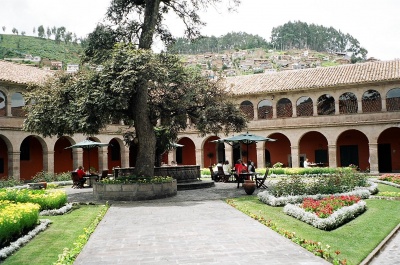


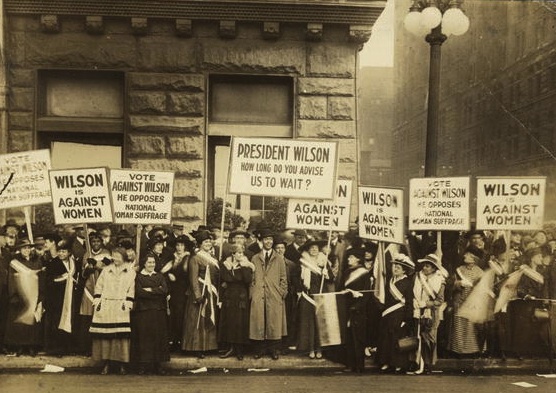
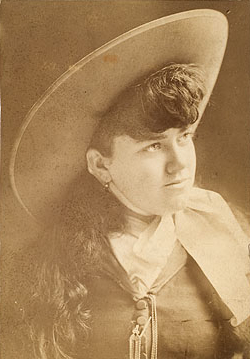

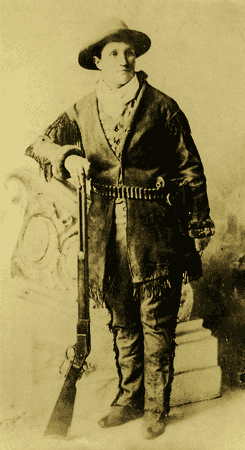
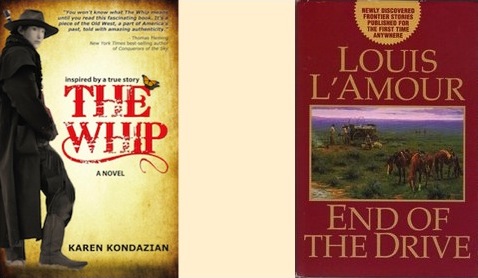

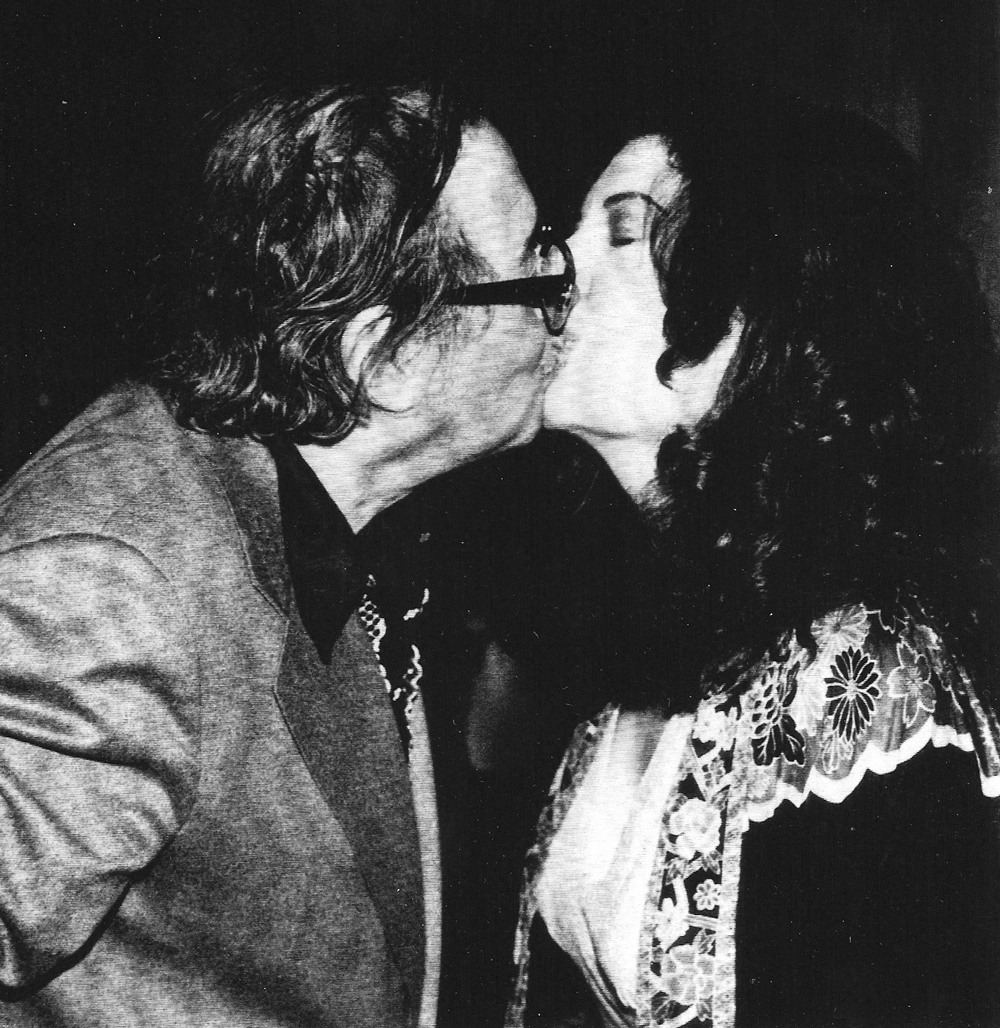
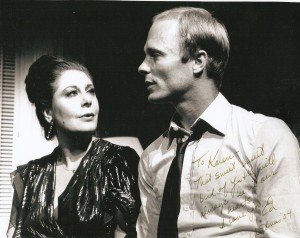
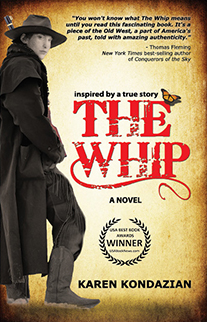
Newest Book Review for The Whip
08-31-12: Karen Kondazian Cracks ‘The Whip’
Stages of Identity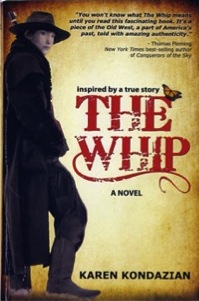
There’s always some true story out there that’s stranger than fiction. The question facing a writer is whether or not to tell the story as fiction, or simply write a work of non-fiction. If you choose the latter, you can be limited by what we know of the subject; if that adds up to “not much,” then your book is going to end up being mostly conjecture. But if you choose to fictionalize a real-life “stranger than fiction” story, you run the risk of writing a novel less interesting than reality.
It’s a matter of balance with this sort of material and Karen Kondazian gets the balance right with ‘The Whip,’ a slim, smart western based on the story of Charlotte “Charley” Parkhurst. Here’s the backstory; Charley Parkhurst, brought up as an orphan, was a renowned stagecoach driver in California for Wells Fargo (called a “whip,” thus the title) who had runs from Watsonville to Santa Cruz and from San Francisco to Sacramento. When he died in 1879, it was revealed that he had been a woman living as a man for the last 30 years; moreover, evidence showed that Charlotte had at one time borne a child. A small dress was tucked away in a chest. That’s pretty much what we know.